Back in the 1990s, SSI revolutionized strategy games when they released the “Five Star” series, beginning with Panzer General. Whilst the game kept the hexes of the old war-game world, it brought new graphics and a new, far more approachable gameplay, including an emphasis on combined arms and units gaining experience between battles.
The series expanded out with Allied General, Pacific General and then much esoteric Fantasy General and Star General before coming back down to Earth for Panzer General II and People’s General.
Since those heady times, many games have revisited the formula, and Panzer Corps was seen by many as the spiritual successor to Panzer General, and Panzer Corps II is the latest in the series to bring the gameplay back to PC gamers.
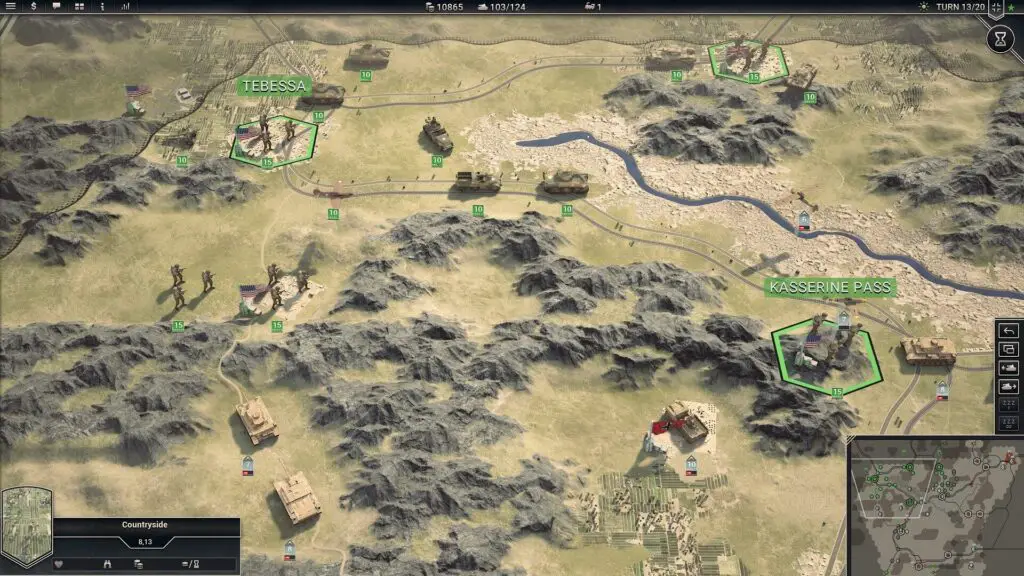
Panzer Corps II offers turn-based strategy on a somewhat abstract scale, with the player generally taking the part of an individual general, with traits and prestige of their own which is spent on adding “core units” which persist between missions and adding replacements to damaged units. Your units, which run the gamut from basic straight leg infantry to armour to artillery and aircraft. As the campaign progresses and time advances, new units become available, and, playing as the Germans, you’ll gain access to better tanks and weapons as the war goes on.
There are many campaigns to take part in, the main one playing as a Wehrmacht General from the invasion of Poland through to the end of the War. Objectives range from capturing or taking and holding key locations and sometimes destroying enemy units, though the game does allow you to bypass enemy units and fortifications and just go for the objectives.
Scale in the game is hard to figure out but units are rated for strength points between one and fifteen, with points lost in combat. After selecting a unit, you can hover over an enemy unit and get a rough idea of what the strength loss expected for both sides would be. This is modified by the usual suspects, such as fortification level, support from artillery and other weapons, and morale. Units that take heavy casualties, if attacked again, can take even more losses and if their morale drops low enough and they have nowhere to retreat to, units may surrender.
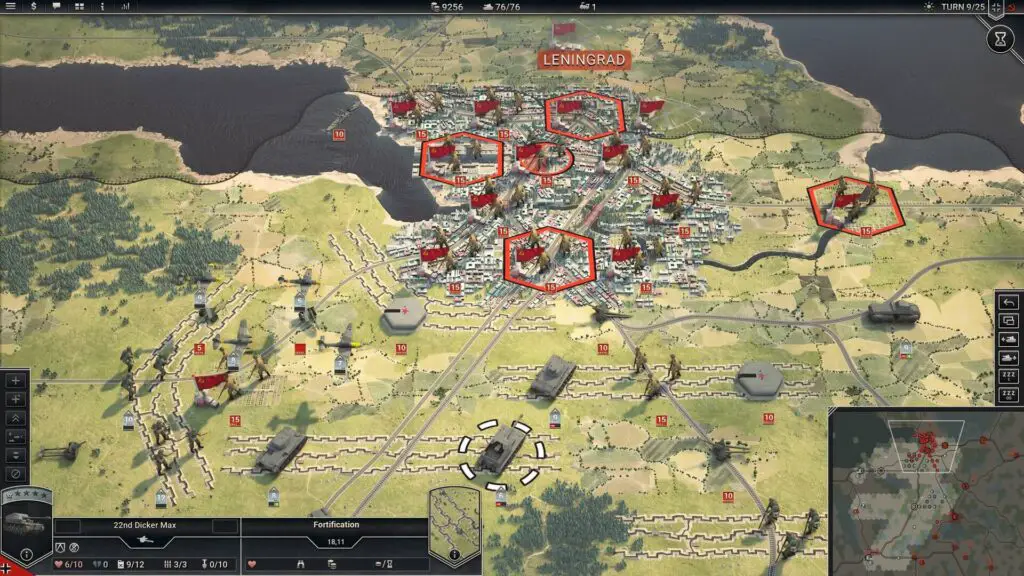
The game simulates nicely the need to use combined arms, with infantry needed to dig out dug-in infantry and anti-tank guns, whilst armour does well against troops in the open and other tanks. Artillery can support other units from behind the lines and aircraft can hit without being hit back, though of course counter-battery and anti-aircraft can still be used. Gaining air superiority can be key to winning a battle.
The game also nicely models other elements, with bonus factors like Massed Attacks, high ground and superior scouting all giving units an edge in battle. You can then spend prestige to replace lost strength points or pay for elite replacements, to take a unit above its starting strength. Replacements will also reduce the experience of a unit. Units that fight multiple battles and score “kills” will gain experience, increasing their star level and effectiveness.
Over time, heroes will emerge who will confer a major bonus to the unit that they are attached to. As campaigns go on, your core units will take damage and the loss of a core unit can be a real gut bunch, especially the loss of a powerful or expensive unit like a panzer unit or an aircraft. You can even rename your units if you want to feel even more pain when a key unit bites the dust.
The core gameplay loop is to deploy units for the mission, adding to your core units and bumping up their strength as well as spending valuable prestige to upgrade units to the newest technology as the war goes on. You then battle to seize the objectives and add replacements to your units as they take a pasting. The enemy, who are often hidden and will pop up to attack you where you are weakest. Scouting units can be used to find the enemy as can aircraft.
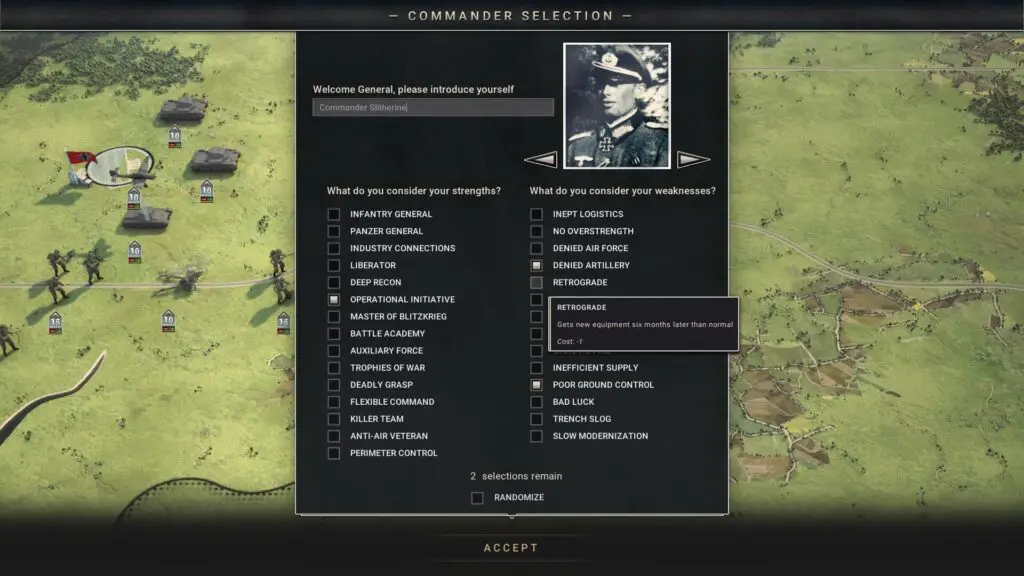
You’ll then either seize the objective before the time runs out or you’ll miss out, going on to the next mission with your battle-hardened veterans and adding new units, as well as one off units that the campaign lends to you, often best used as your cannon fodder!
You can also add to the number of available campaigns by picking up DLC, which also includes a rather interesting Spanish civil war campaign. There’s also a sort of procedural mode where waves of enemies will attack your force and you can try to hold them off. There’s a robust multi-player mode to play either PBEM or hotseat, though PBEM is as you might expect quite slow, though the simultaneous mode can speed things up a bit.
Graphics-wise, Panzer Corps II offers a lovely blend of solid, recognizable graphics along with an approachable UI, though at times it can be tricky to make out the smaller elements such as ammo counts being particularly tricky to make out. It could also be a bit clearer what the capabilities of an enemy unit is when hovering the mouse pointer over them.
The game is approachable but does rather rely on you having a rough idea of what capabilities a unit would have and how that might relate to your units, but this is easy to get around with the preview of the expected results in combat.
Maps are nice and clear, if not especially exciting, with many of them being simple grass lands but you’ll also see deserts and snowy lands too. The games UI is really solid and approachable and the game has a nice, high production values.
Individual unit graphics are solid, so that anyone with a basic knowledge of WW2 units will recognize the difference between a T34 and Tiger Tank visually. Interestingly, you can capture enemy units and repurpose them to fight for you, which is a nice touch.
Panzer Corps II is clearly an excellent update on the series, slick, nicely presented with a nice blend of approachability and depth. For new players, Panzer Corps II is very approachable, with a nice simple tutorial and a very nice UI that makes the game easier to understand.
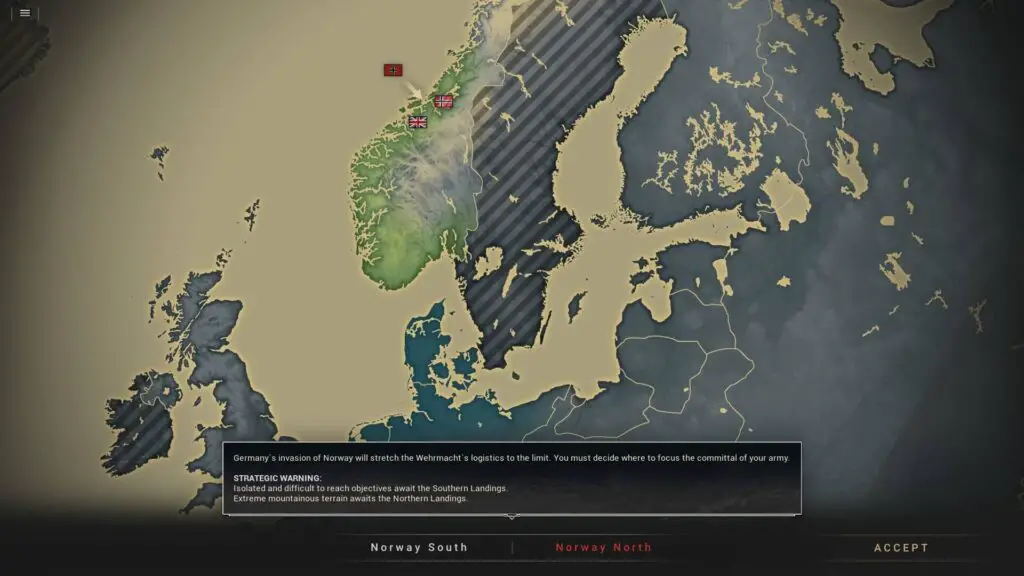
For veterans of the series, you’ll find all the stuff that you’d expect but presented rather nicely. However, you may find that the core gameplay to offer nothing truly new and whilst there is a huge variety of battles and enemies to confront, you may find that you’ve done this all before and the novelty may wear thin faster than expected.
As a veteran of the original game and some of the “successor” games like Order of Battle, I found the experience of playing Panzer Corps struggled to hold my attention after a scenario or two but I still want to offer a strong recommendation for the game, which whilst it is a higher price point than you may expect, a common issue with Slitherine games, still offers a broad and deep strategic challenge.
Panzer Corps II isn’t going to be for everyone. Some grogs will find that the game doesn’t get granular enough, with issues like supply, ammo, and weather very much abstracted out of the game scale. Order of battle lovers may get frustrated by the somewhat abstract level the game is set at, which seems to rubber band depending on the scenario and there are some very minor graphical issues that could be a bit clearer but all round, Panzer Corps II offers an excellent addition to the genre.

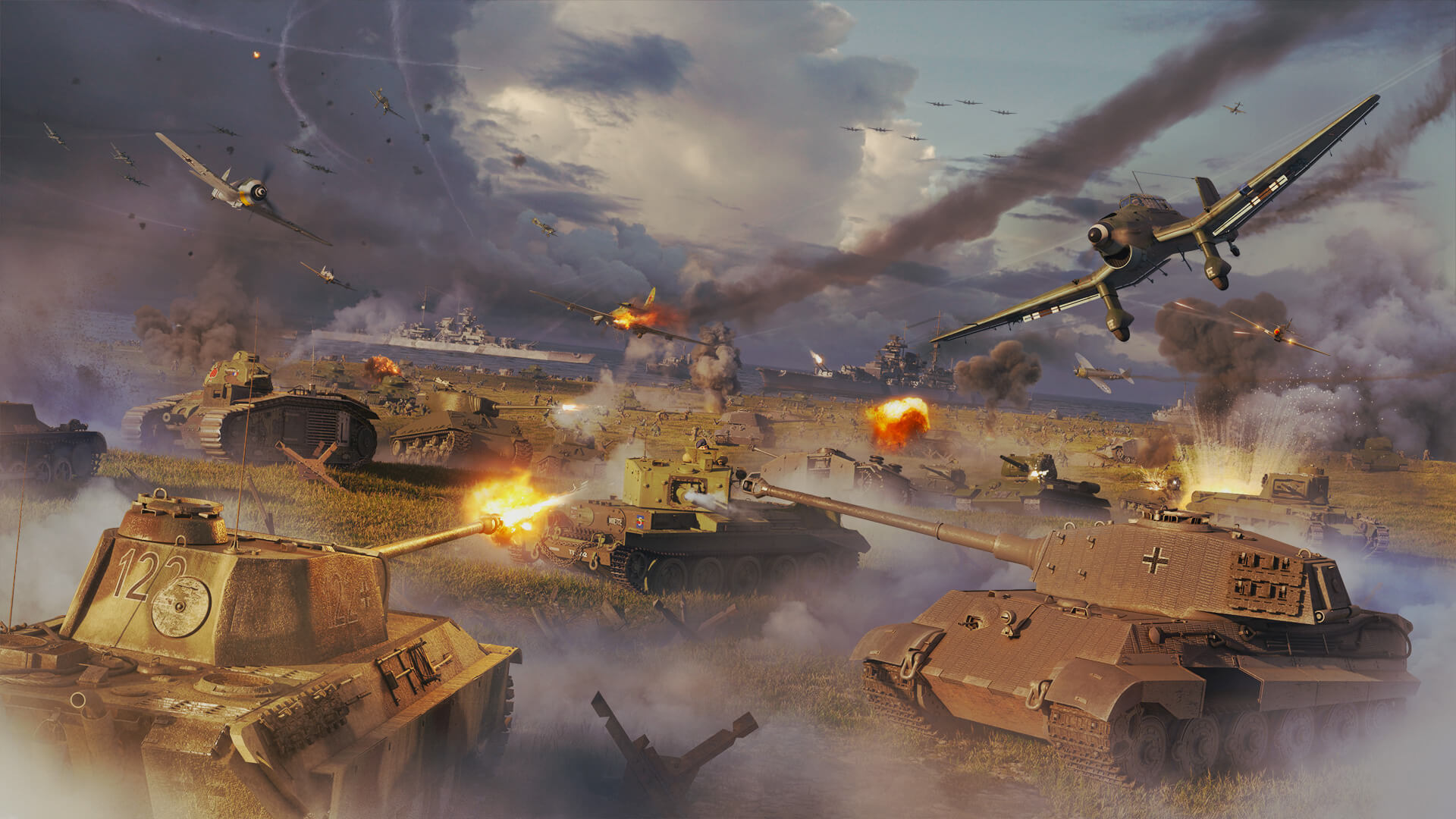






In the article it mentions that you can rename units but I can’t figure out how. any advice would be appreciated.